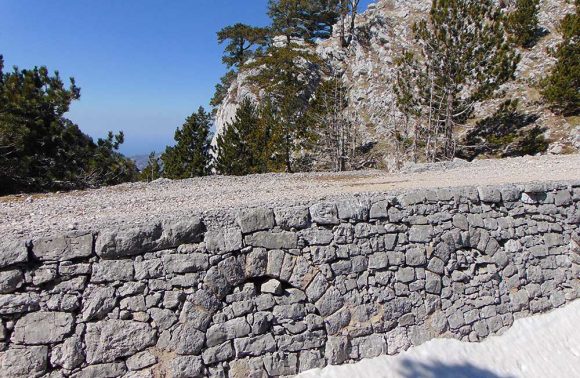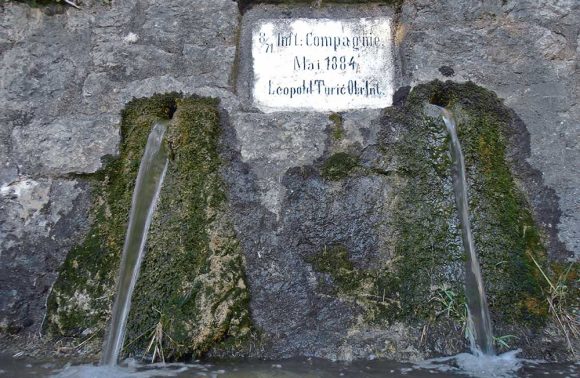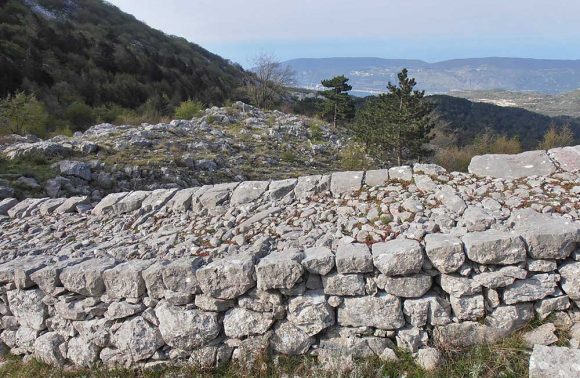Comunications
They were built of stones, without any other material, thus representing a masterpiece of this type of constructing. Stone blocks built in these walls were huge almost of megalithic dimensions. Stone was cut, with treated facing side of the blocks, with fine edges so that each block could perfectly fit. Extraction of stone, transportation, beasts of burden, workers, technical adds… these are all things that asked for perfectly good organization and management. Quarries were sequently activated, with temporary accomodations for people and animals as well. Another interesting fact is that the roads for vehicles and paths for livestock didn’t interfere. They were separated, sometimes even with passages under the road. In this way the roads were preserved from an emaciated disruction.
Let’s go back to the pedestrian paths from the beginig of the story. Kameno connected Herceg Novi with its hinterland. The last road reconstruction took place in the beginning of 80’s in the 19th century, when the road was adapted to endure higher speed and frequency, with the width of 2m and more, with stone coating and huge blocks to both sides of the road. It was necessary to provide adequate water supply for pedestrian paths, as a result we have two springs: Kotobiljski and Zelenac. Except these constructed roads, there were many paths, that people had been using especially in the period of agrarian overpopulation. These paths are witnesses of the now forgiven economical valorization of Orjen. When out of use these paths are hardly recognizable, and some of them are used for renewed track marking.







